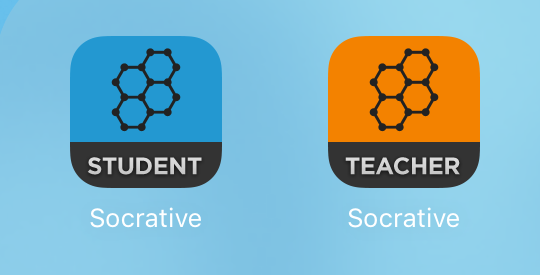The topic of today was the flipped classroom and Russell asked the following questions:
What is the Flipped Classroom?
What is the theory behind it?
What are the possible benefits?
What challenges are there?
What technologies do you need to flip your classes?
Is the Flipped Classroom blended learning?
Is the Flipped Classroom relevant to ELT?
What is the Flipped Classroom?
What is the theory behind it?
What are the possible benefits?
What challenges are there?
What technologies do you need to flip your classes?
Is the Flipped Classroom blended learning?
Is the Flipped Classroom relevant to ELT?
We tried to answer the questions in groups and then we watched three videos and we discussed what a Flipped Classroom is.
VIDEO 1: What a 'flipped' classroom looks like
Ideas taken from the video:
- Work based on projects.
- Some teachers were desperate for a change.
- Post instructional videos that are educational potential.
- Helping students in class.
- Using Khan Academy and TEDTalks, but the content is also produced by the teacher.
- Homework is done in class.
- One on one help.
- Problem solving.
- There is a school media lab for students who can't allow having technology at home.
- ICT games.
- Some students say that they have more time at home and there is one that watches the videos on the bus.
- Flipping alone isn't enough without any lesson plan.
- Some teachers are experimenting flipped classroom on their own.
- There is support from the organisation.
VIDEO 2: The Flipped Classroom Model
Ideas taken from the video:
It makes differenciation: different levels.
It also allows individualization.
The students make the most of their time.
There are multilevel classrooms with different abilities.
It means a challenge for the strong students.
The teacher acts as a monitor, a tool to transfer knowledge.
Having a look at Bloom's Taxonomy we reached an agreement because nowdays we are using blended learning in our classes, but the assesment is still the same as it was many years ago. However, what we really need is to set up activities that give feedback to the teacher.
When we talk about the Flipped Classroom we have to bear in mind that teachers started to flipped their classrooms and then they realised what they were doing as it is a better way of using the teacher's time.
In higher education the Flipped Classroom is more difficult to implement because teachers are used to giving lectures and with a flipped classroom they don't know what to do in class, but it is relevant in certain contexts in ELT.
Nobody is suggesting that you have to flip everything and what's more you don't have to tell your students that you are flipping your class.
LEARNING THEORY
Automated
It could be collaborative
Group based
Task/Project based
ACTIVITIES
 Podcasts
Podcasts
Videos
Screen casts
Reading
Quizzes to check learning
 Tasks
Tasks
Problem solving
Group based
Pair work
Presentations
Class discussions
VIDEO 3: The Flipped Classroom: Overcoming Common Hurdles
At the end of the morning, and after learning quite a lot about the Flipped Classroom in different groups, we answered the questions formulated at the begining of the class.
In the afternoon we had four presentations on four technology tools.


I really loved Thinglink. It's a very peculiar way of introducing a topic in a lesson with images. I'm also interested in Kahoot because I think students will love it.
As a conclusion of the day I can say that the Flipped Classroom is a model of Blended Learning and in terms of teaching you can kill two birds with one stone (autonomous learning and collaborative work)

No comments:
Post a Comment